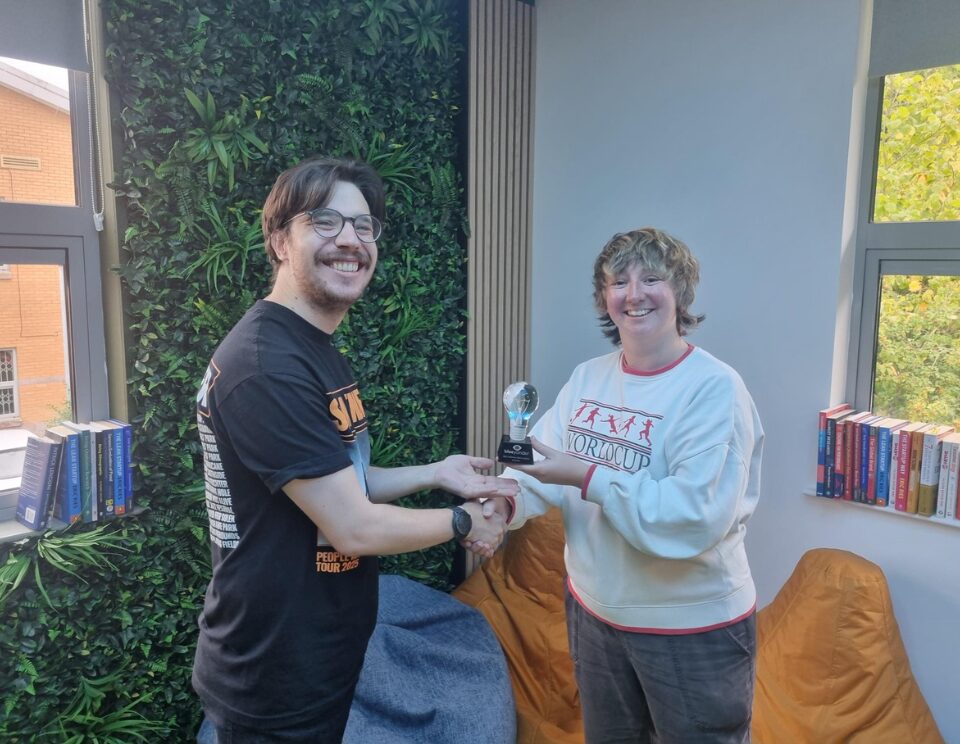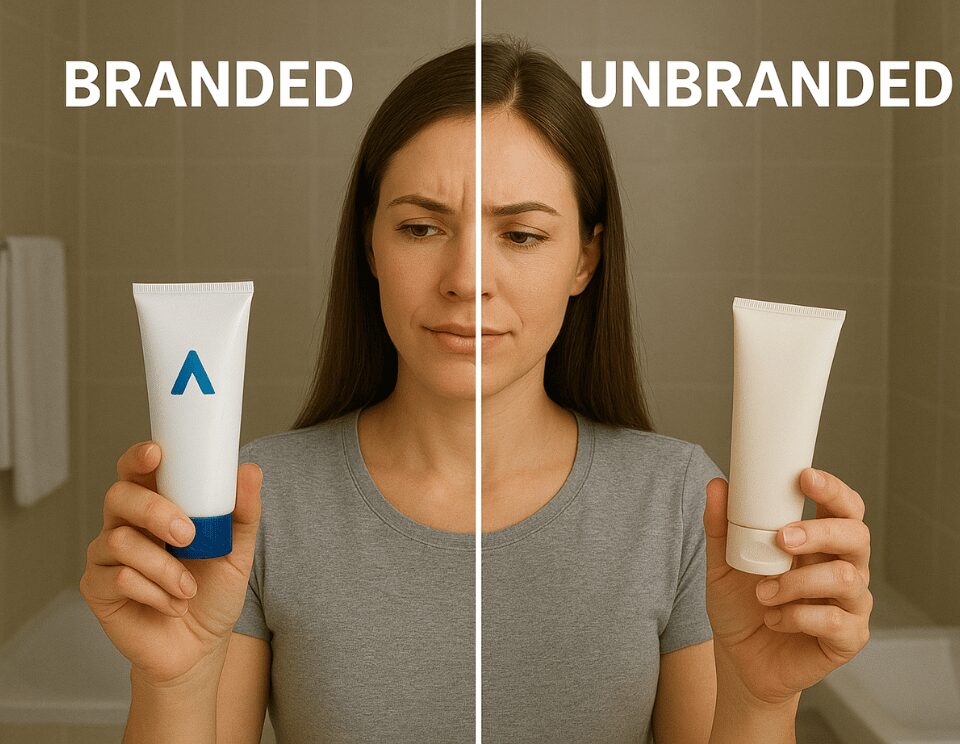Extreme Prototyping: Driving behavioural change through innovation in FMCG
Traditionally, there are two ways to innovate: needs vs. capabilities. Find gaps to fill based on articulated and unarticulated needs, or create new products and find a way to make them work (but just because we can doesn’t mean we should!)
There is a third way: Extreme prototyping combines disruptive concepts with consumer behavior. Perceivable benefits and usage occasions are limited by current understanding of a product, by the instructions or concept provided, so we need to remove those boundaries to see where it takes us.
Imagine you gave consumers a Sellotape dispenser and told them it was a laundry product – nothing more. Untethered by the confines of concepts, they weave it into their lives, finding new gaps and bringing to life benefits previously unscoped on a functional, sensory and performance level.
It’s no longer a Sellotape dispenser; it’s a premium efficacy, concentrate stain removal strip, designed to spot treat grease stains without color fade in the remaining garment. It’s better for the environment: less water is required to make it and fewer chemicals drain from your machine.
With design teams on standby, flesh it out. Bake in augmented reality: how would it look on the shelf? In home? What are the advantages? What’s missing? Use ClickScape, in the moment understanding, to understand the opportunity – click once when you’d have the need and use it; click twice if you have the need but wouldn’t use it.
Bring it back into the current experience map to measure success: have we driven positive behavioral change through disruptive innovation?
Henry Ford was right: if he had asked people what they wanted, they would have said “faster horses”; we need to move beyond asking consumers what the future holds and start asking them to show us – to shape the future for us.
Key Takeaways:
- So many teams have “innovate” in their annual objectives. This often refers both to creating innovation pipelines and capabilities building, and this approach hits both objectives. It will give both agency- and client-side teams confidence that innovation is possible digitally and that we can overcome the barriers set by not being able to run face-to-face, more traditional co-creation sessions. Practically, you will achieve a solid understanding of a proven, agile approach to pipeline development and innovation: you will learn the core principles and methodology behind extreme prototyping, as well as specific projective techniques which have proven their worth across the world.
- You will learn how to land results with stakeholders: insight without impact is nothing. We’ll share how to makes sure stakeholders are engaged and inspired throughout the process to ensure action is taken at the end of the project. This involves the creation of engaging ethnographic elements: use high-quality video capture to do great research and bring it to life.
- Understand more about the challenges faced in the extreme prototyping process (what we learned the hard way!): what happens when COVID-19 gets in the way? What if products cannot be tested in home, etc.? How do we ensure we speak with the right forward-thinking consumers and how do we get them to see and feel the future?
There is often an “ownership” challenge with this type of project: to truly succeed, we need to combine the worlds of R&D and Marketing to deliver the strongest foundations for pipeline development: this is beyond a single function – it’s holistic. We’ll deliver techniques which stretch teams and push boundaries, without alienation.
Fundamentally, this session gives practical help: we want you to leave having learned something innovative that they can implement in the real world.
Topic(s) Covered:
- Behavioral economics
- Global/international research
- Industry trends – future of marketing research
- Hybrid/mixed methods (qual, quant, mobile, SM)
- Ethnographic/observational research
- New techniques – qualitative and quantitative
- Virtual/augmented reality
To find out more, please do not hesitate to get in touch: [email protected]






Stay In Touch